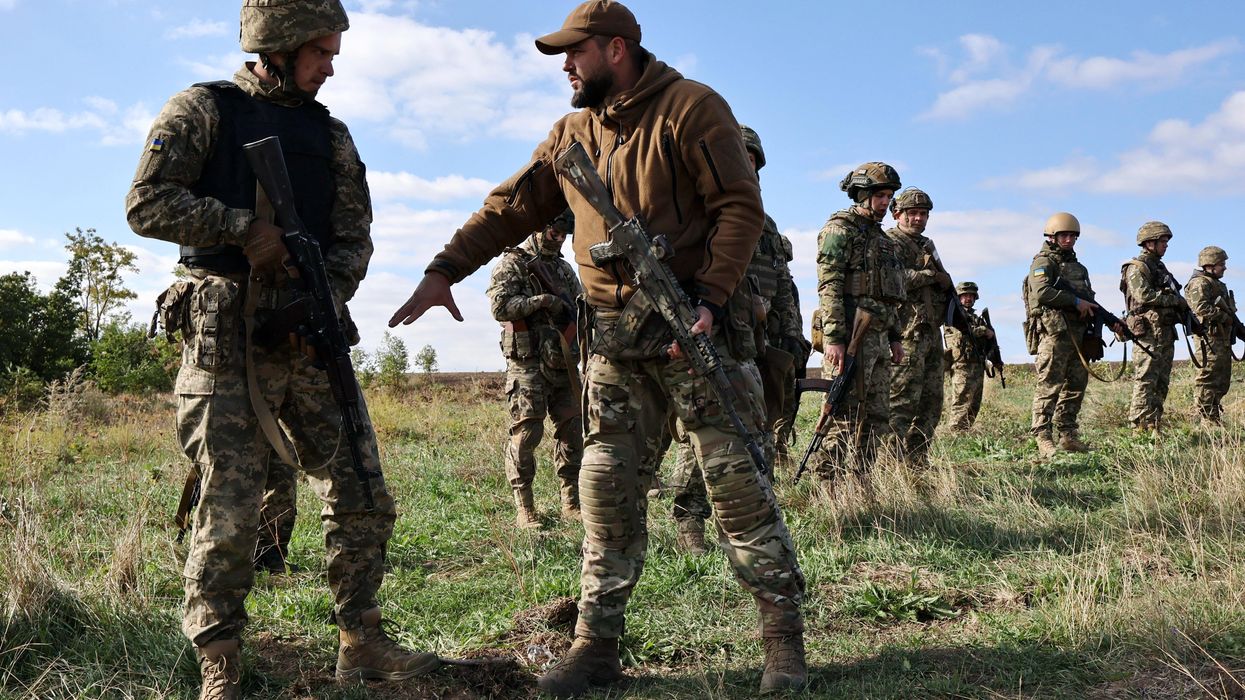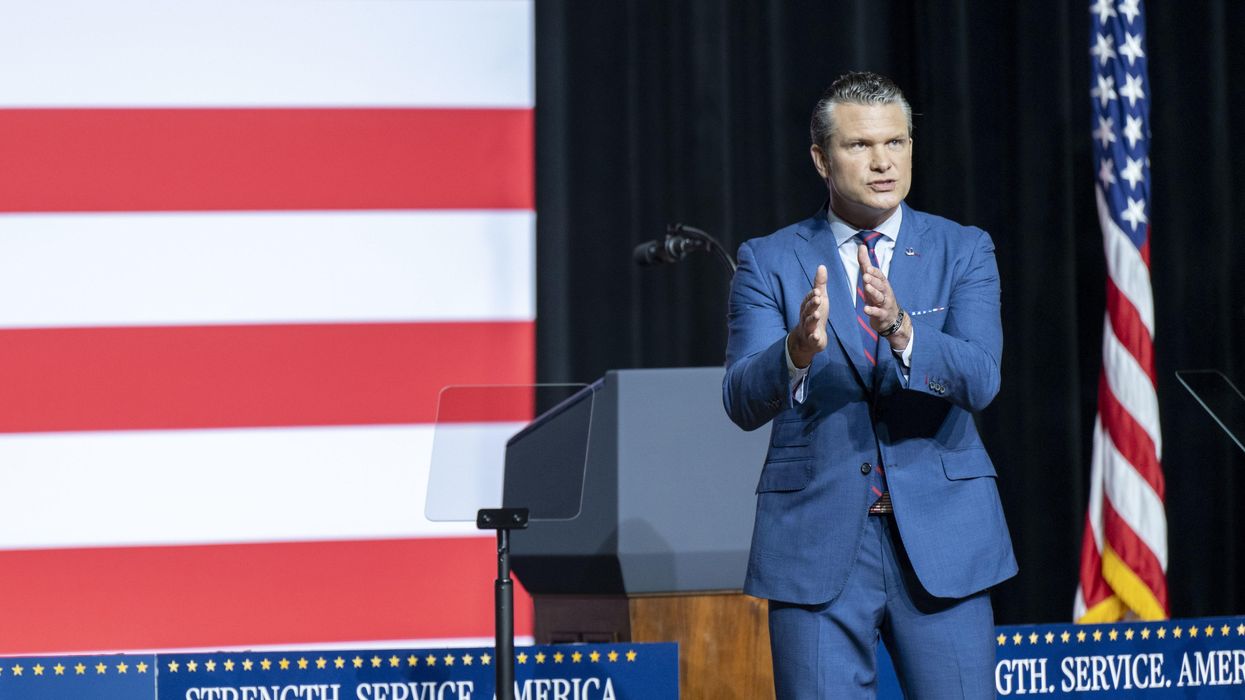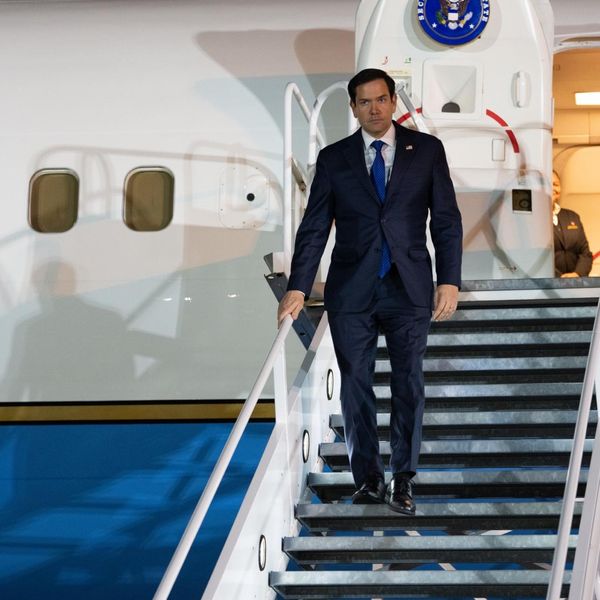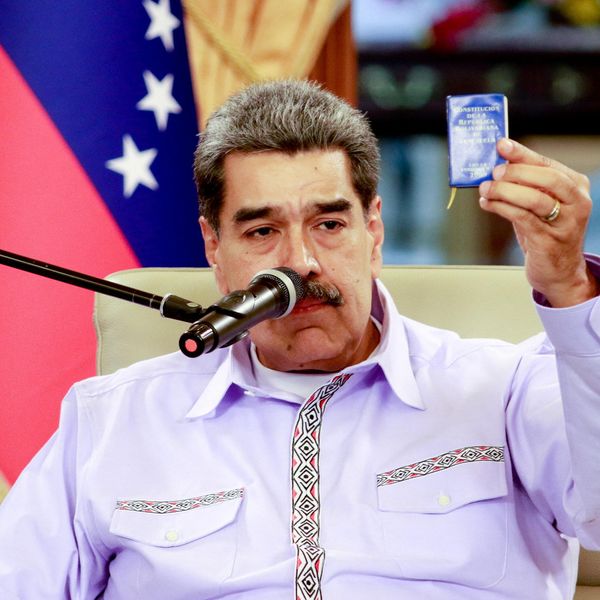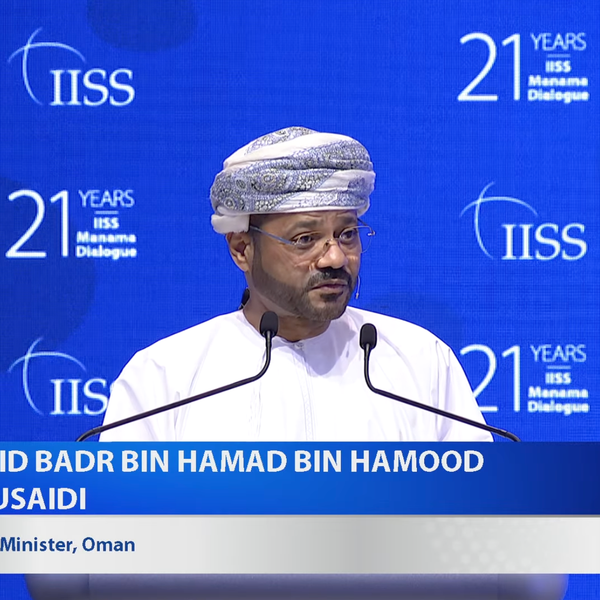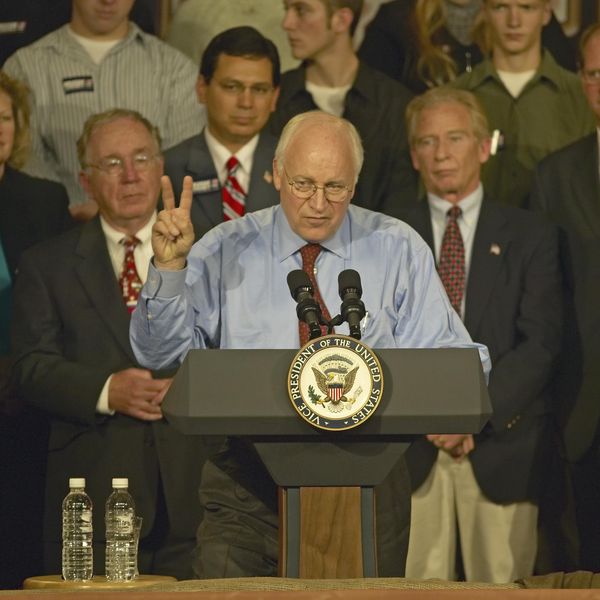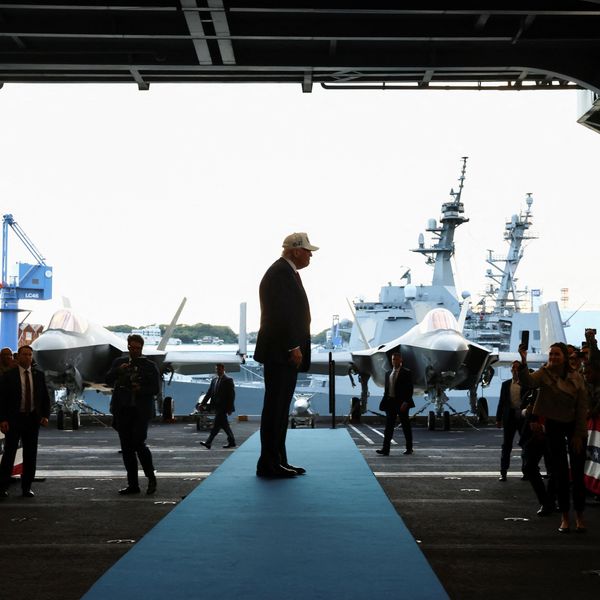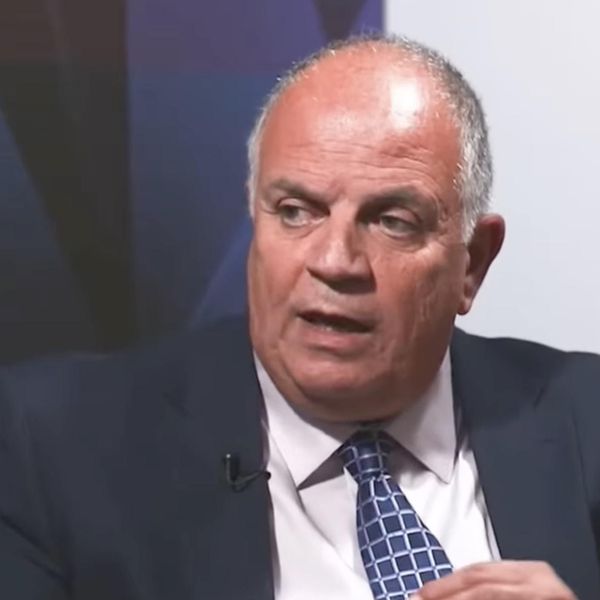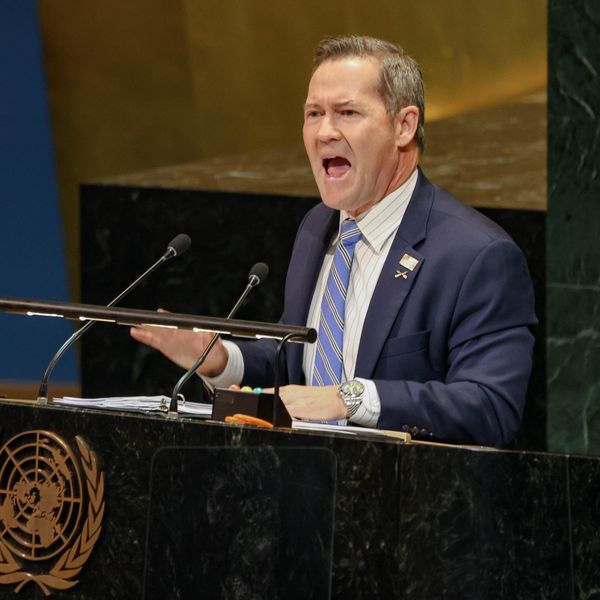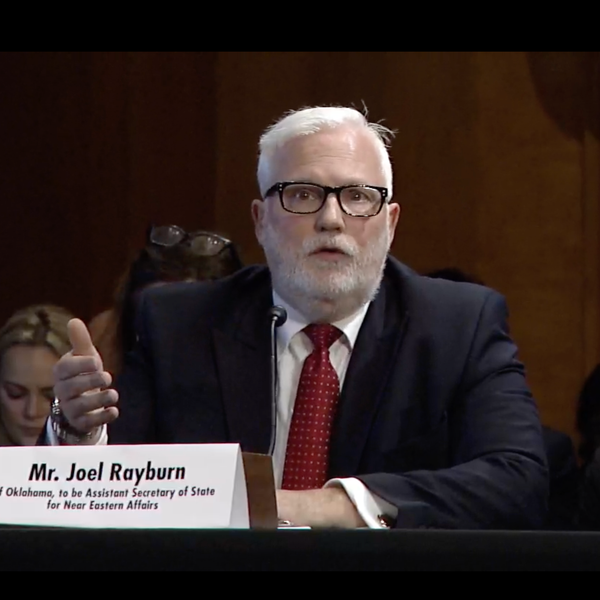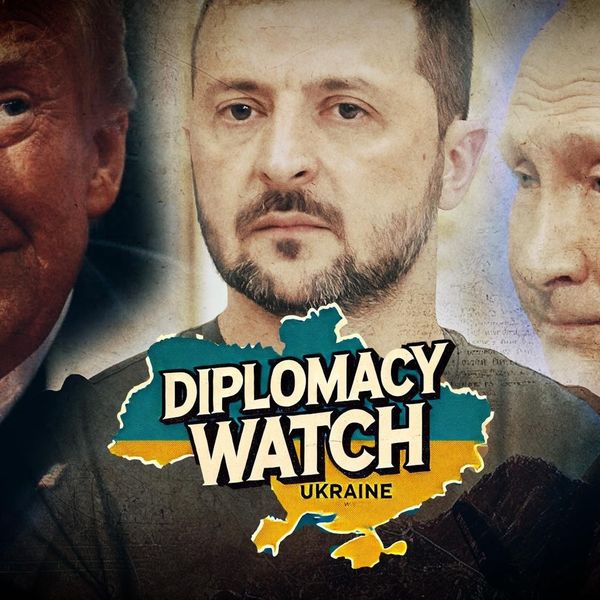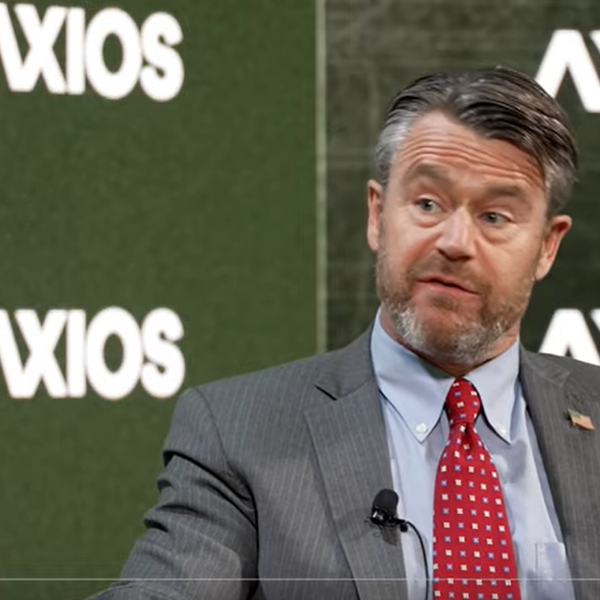Two years ago on Feb. 24, 2022, the world watched as Russian tanks rolled into the outskirts of Kyiv and missiles struck the capital city.
Contrary to initial predictions, Kyiv never fell, but the country today remains embroiled in conflict. The front line holds in the southeastern region of the country, with contested areas largely focused on the Russian-speaking Donbas and port cities around the Black Sea.
Russian President Vladimir Putin, having recognized the Russian-occupied territories of Donetsk and Luhansk as independent days before the invasion, has from the beginning declared the war a “special military operation” to “demilitarize and denazify” Ukraine. His goals have alternated, however, between existential — bringing all of Ukraine into the influence of Russia — and strategic — laying claim to only those Russian-speaking areas in the east and south of the country.
It is in the latter that Russia has been much more successful. Yet after two winters of brutal fighting and hundreds of thousands of casualties on both sides, as of the end of 2023 Russia only laid claim to 18% of Ukraine’s territory, as compared to 7% on the eve of the war and 27% in the weeks after the invasion.
Meanwhile, the West’s coffers have been opened — and, as some say, drained — to help Ukraine’s government, led by President Volodymyr Zelensky, defend itself against Moscow.
Regardless, Ukraine’s military forces have been wholly depleted as they compete with a much more resourced and populous Russia. While Ukraine’s military campaign was able to take advantage of Russian tactical mistakes in the first year, its much-heralded counteroffensive in 2023 failed to provide the boost needed not only to rid the country of the Russian occupation, but also to put Kyiv in the best position to call for terms.
If anything, as Quincy Institute experts Anatol Lieven and George Beebe point out in their new brief, “there is now little realistic prospect of further Ukrainian territorial gains on the battlefield, and there is a significant risk that Ukraine might exhaust its manpower and munitions and lay itself open to a devastating Russian counterattack.”
The only and best solution, they say, is to drive all sides to the negotiating table before Ukraine is destroyed.
The narrative of the war — how it began, where it is today — is well documented. On the second anniversary of Russia’s full-scale invasion, RS thought it might be instructive to look at the numbers — weapons, aid, polling, population, and more — that illustrate the cost and the contours of the conflict over 24 months, and counting.
Money spent
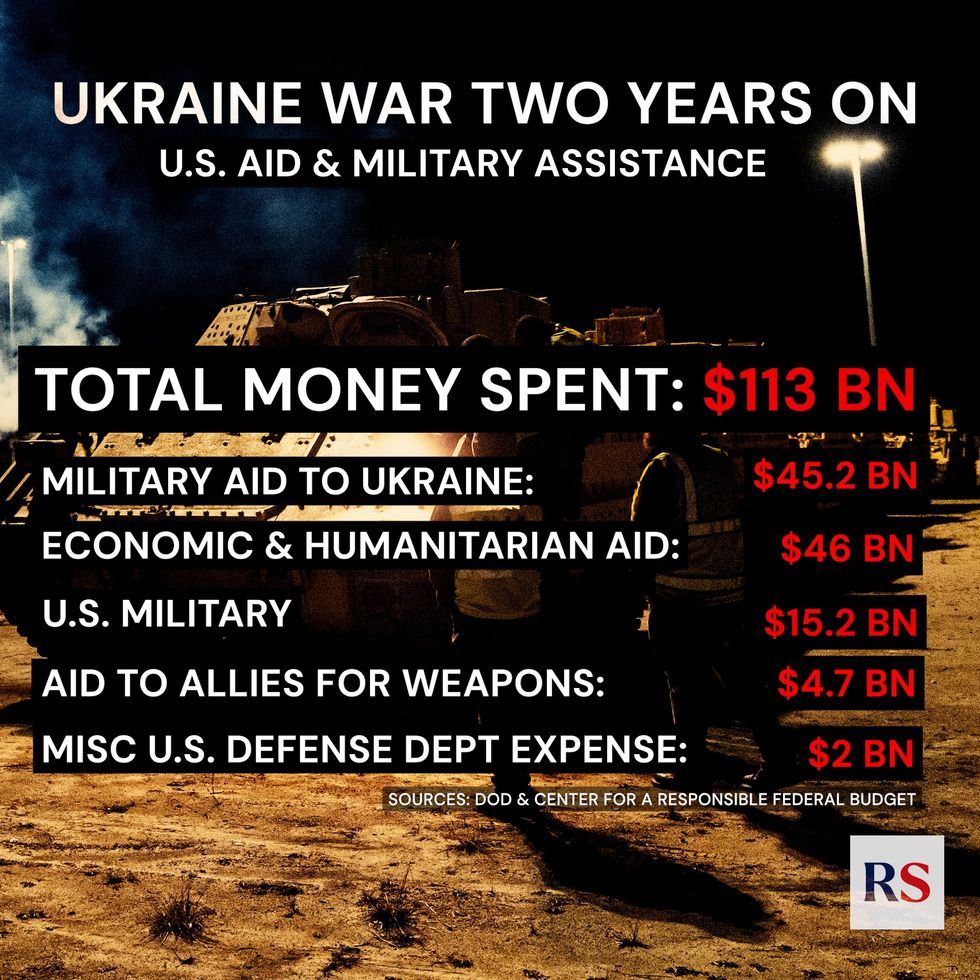
The U.S. Congress has allocated a total of $113 billion in funding related to the war. The vast majority of this money went directly to defending Ukraine ($45.2 billion in military aid) and keeping its government and society functioning ($46 billion in economic and humanitarian aid). Other funds went to rearming allies ($4.7 billion) and expanding U.S. military operations in Europe ($15.2 billion).
After two years of war, that funding has dried up. The Biden administration, which once shipped two or three new weapons packages each month, has not sent Ukraine a major arms shipment since Dec. 27, 2023. As Congress struggles to pass an additional $60 billion in Ukraine-related funding, observers increasingly believe that aid package may have been the last.
Weapons
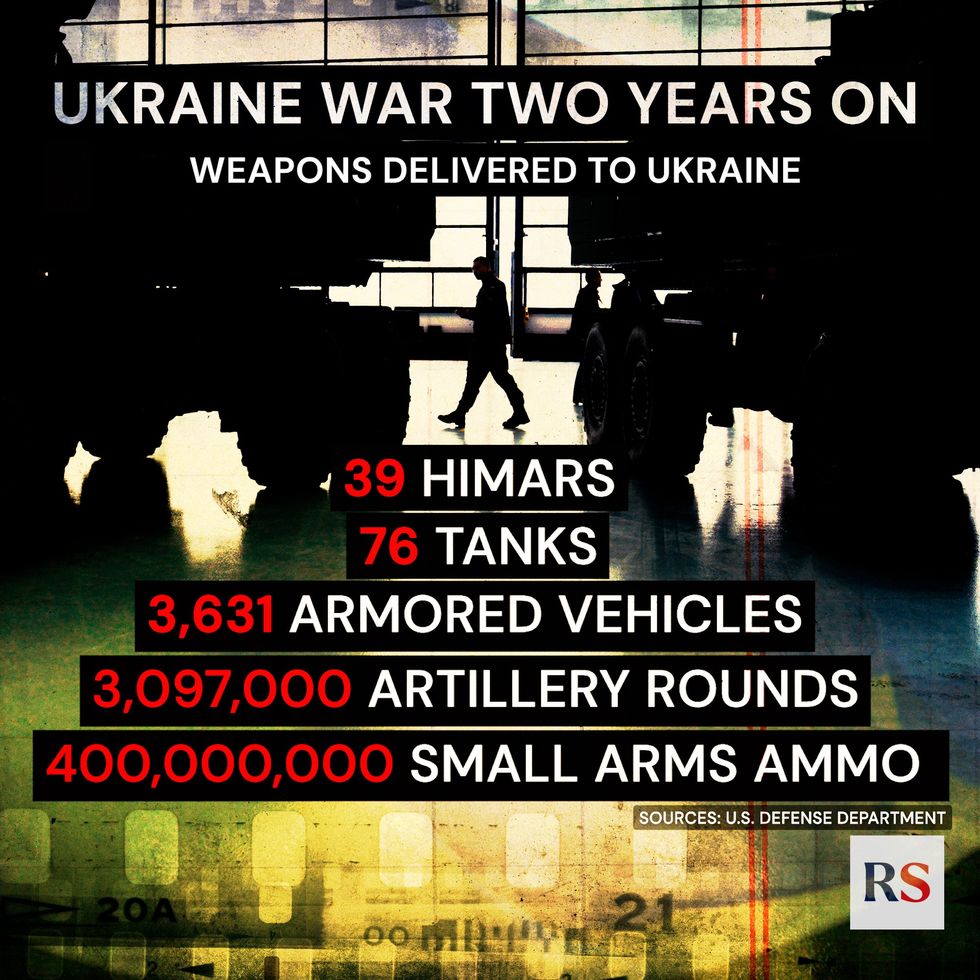
The Pentagon has sent at least 3,097,000 rounds of artillery to Ukraine since Russia’s invasion. Most of those (2,000,000) have been 155 mm shells, the standard size used by the U.S. and its NATO allies. For perspective, that’s about 95,000 tons of 155 mm ammunition alone.
Despite ramping up military manufacturing, the U.S. still only produces about 340,000 155 mm shells per year, meaning that Ukraine has been firing rounds at three times the rate of American production.
Washington has also given Kyiv 76 tanks, including 31 Abrams tanks and 45 Soviet-era T-72Bs. Ukraine has received 3,631 American armored vehicles of various types, from infantry fighting vehicles to personnel carriers and medical trucks.
Meanwhile, Ukraine has made use of 39 American-made HIMARS, a mobile rocket launcher that has become famous for its utility in the war. As for smaller arms, the U.S. has sent at least 400,000,000 grenades and bullets in the past 24 months.
Casualties
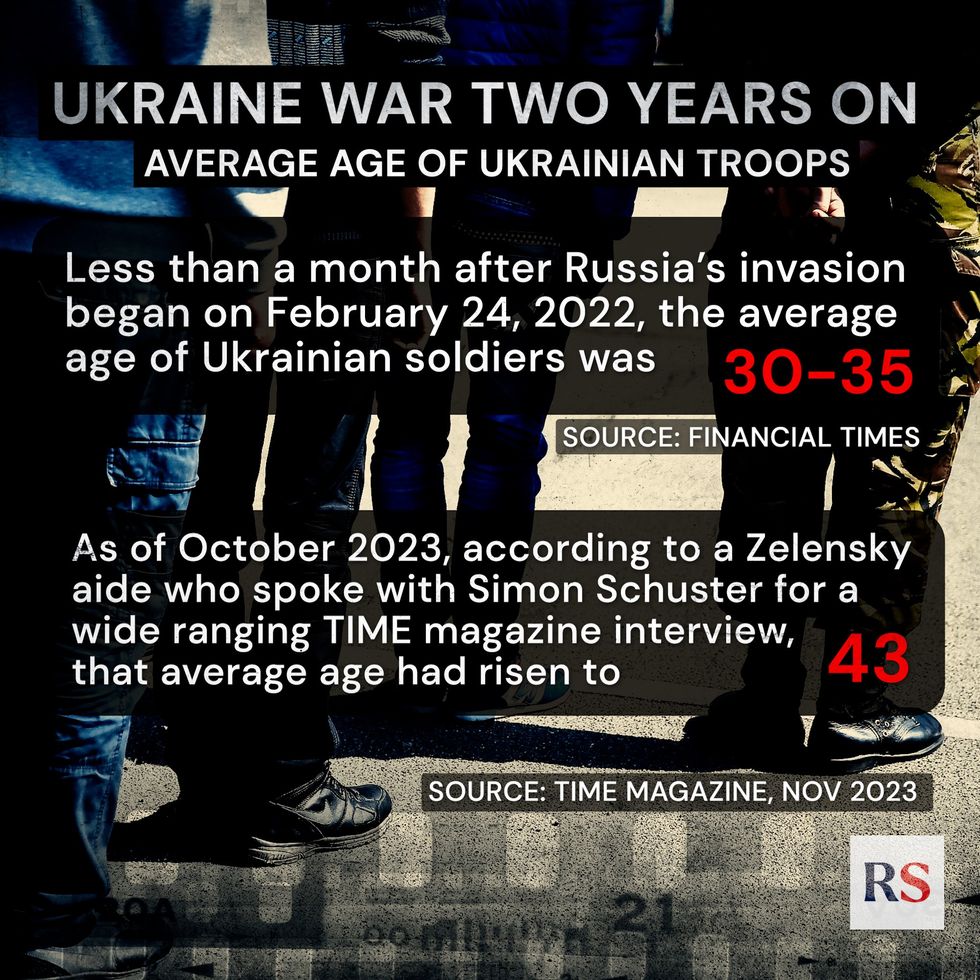
The war has killed at least 10,378 civilians and injured an additional 19,632, according to the UN. More than three in four non-combatant casualties occurred in areas held by the Ukrainian government, indicating that Moscow is responsible for the lion’s share of civilian harm.
When it comes to military casualties, good data still remains hard to come by and estimates are sometimes wildly different. Neither Russia nor Ukraine have offered detailed, public indications of the war’s impact on their soldiers.
The U.S. estimated in August that 70,000 Ukrainian soldiers had died and an additional 100,000 to 120,000 had been injured, putting the number of total casualties at over 170,000. Russia, for its part, claimed in November that 383,000 Ukrainian soldiers had been killed or wounded.
On the other side, the United Kingdom estimates that Russia has suffered at least 320,000 casualties, with 50,000 deaths among Russian soldiers and 20,000 deaths among Wagner Group mercenaries. Washington said in December that Moscow had suffered 315,000 casualties, though American officials did not provide a breakdown of deaths and injuries.
Ukraine population
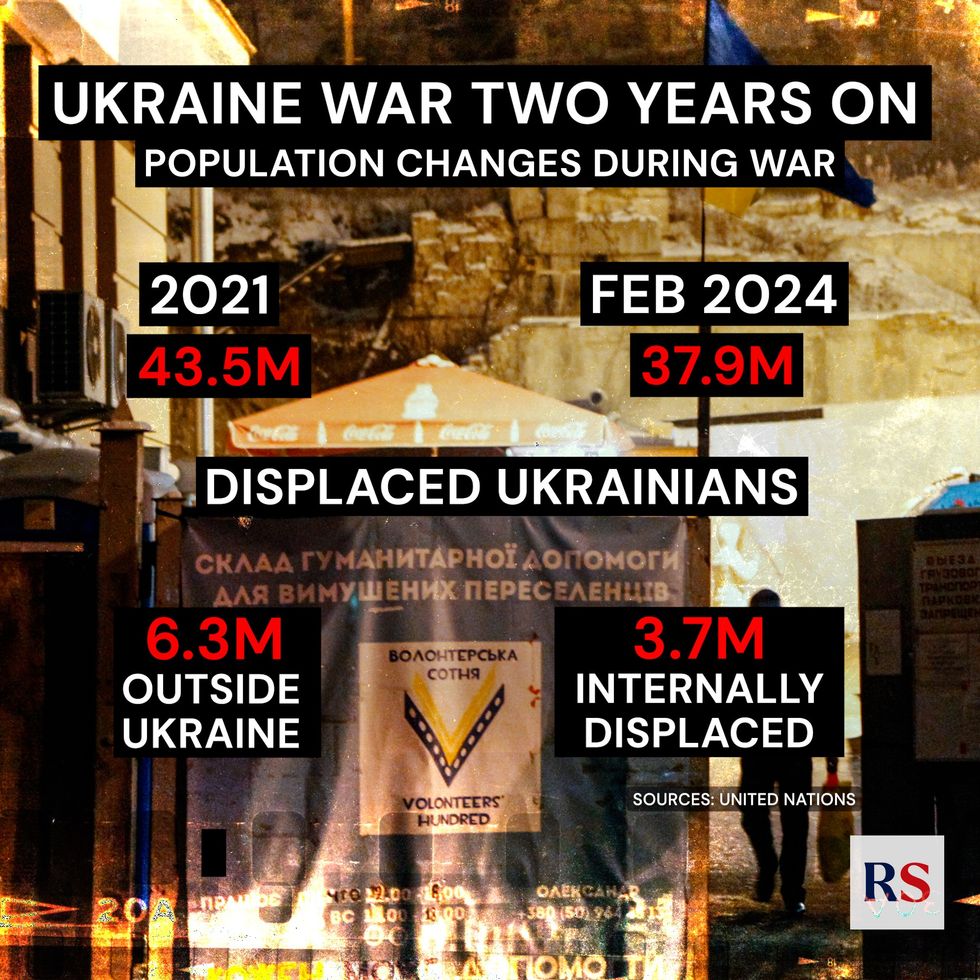
The United Nations estimates that the Ukrainian population (the entire country within internationally recognized borders), which totaled 43.5 million people in 2021, dropped to 39.7 million in 2022 as war swept through the country’s east. This trend continued into 2023, as the population dropped to 36.7 million — the lowest level since Ukraine became independent in 1990.
As of January, 6.3 million Ukrainians have become refugees abroad, with another 3.7 million displaced internally. As the frontlines have settled, Ukraine’s population has slowly started to grow again, reaching 37.9 million in early 2024. Meanwhile, demographer Elena Libanova estimates that only 28 million of those people live within areas currently under Ukrainian government control (outside of Crimea and the Donbas).
U.S. polling
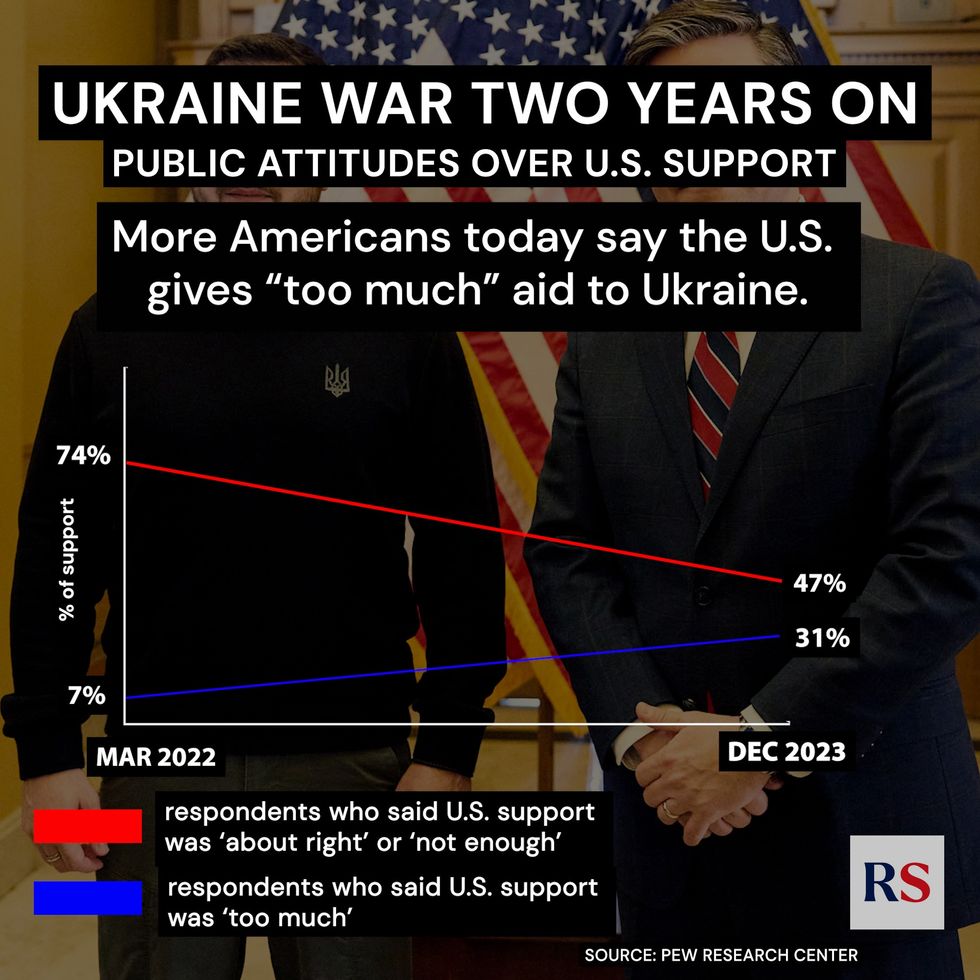
Two new polls that came out within the last week illustrate the complexities of Americans’ feelings toward the war in Ukraine and the U.S. role in it.
First, a Pew poll published February 16 found that a large majority of Americans (74%) see the war between Russia and Ukraine as somewhat (30%) or very important (43%) to U.S. interests. And another survey, from the Harris Poll and the Quincy Institute, which publishes Responsible Statecraft, found that Americans broadly support a U.S.-led negotiated end to the conflict.
But the past few months in Washington have been largely focused on U.S. aid to Ukraine, specifically whether Congress will pass President Biden’s request for roughly $60 billion for Kyiv’s fight against Russia.
According to Pew, in March 2022, 74% of Americans said U.S. aid to Ukraine was “just right” or “not enough.” In December 2023, that same survey found that just 47% said the same. The biggest change came from Republicans: 49% said in March, 2022 that U.S. aid was “not enough,” while just 13% said the same in December.
Meanwhile, Gallup found in August 2022 that 74% of Americans said U.S. aid to Ukraine was “about right” (36%) or “not enough” (38%). Those numbers came down slightly in Gallup’s latest track on this question in October, 2023, with 58% saying U.S. aid was about right (33%) or not enough (25%).
Peace summits
There have been several attempts to bring nations together to outline talks to end the war. Russia and Ukraine engaged in five rounds of talks in Belarus and Turkey shortly after the invasion, but the talks collapsed amid allegations of Russian war crimes and Western pressure on Kyiv to keep fighting.
Since then, the belligerents have spoken directly about secondary issues, like Black Sea shipping and prisoner swaps. Ukraine, meanwhile, laid out a “10-point peace plan” that has formed the basis for five international summits, none of which included Russia. These took place in Copenhagen, Denmark, in June 2023; in Jeddah, Saudi Arabia, in August 2023; in Malta in October, 2023; in Riyadh, Saudi Arabia, in December 2023; and Davos, Switzerland, in January of this year.
Congress
Since the start of the war, Congress has passed four aid packages for Ukraine, totaling $113 billion. While none of the four packages were identical and aid for Ukraine was sometimes bundled with other spending, the trends for support for Kyiv in Congress are similar to those we see in polling, particularly among congressional Republicans.
The 2022 supplemental, which became law in May 2022 and provided Ukraine with $39.34 billion in aid passed the House 368-57 and the Senate by a vote of 86-11. By September 2023, when the House voted on the Ukraine Security Assistance and Oversight Supplemental Appropriations Act, which provided Kyiv with $300 million in security assistance, it passed by a vote of 311-117, with a majority of Republican members opposing the legislation.
On February 12 of this year, the Senate voted 70-29 to pass a national security supplemental, which would provide approximately $60 billion in aid for Kyiv alongside money for Israel and partners in the Indo-Pacific. The bill has not yet been voted on in the House.
Ben Armbruster, Blaise Malley, Connor Echols and Kelley Vlahos contributed reporting. Graphics by Khody Akhavi.


